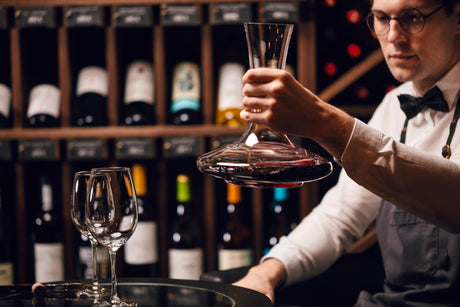
Mastering The Art of Decanting Wine: A Beginner's Guide
Don't be intimidated by decanting wine - it's not just for snobs! Learn why and how to do it with this fun, beginner-friendly guide from Your Wines. Cheers to better-tasting...
McPherson Family Vineyards
McPherson Family Alex’s Chardonnay Pinot Noir (12 Bottles)
De Bortoli Wines
De Bortoli King Valley Prosecco NV (12 Bottles)
Grant Burge
Grant Burge Pinot Noir Chardonnay NV (12 bottles)
Deakin Estate
Azahara Sparkling Chardonnay Pinot Noir NV (12 bottles)
Tread Softly Australia
Tread Softly Australia Prosecco Moderate Alcohol NV (12 bottles)
Ca' di Rajo
Ca' di Rajo Prosecco DOC Treviso Extra Dry NV (6 Bottles)
Veuve Ambal
Veuve Ambal Vin Mousseux Blanc de Blancs NV (6 bottles)
Folklore
Folklore Sparkling Brut, South East Australia NV (12 bottles)
Juvé & Camps
Juvé & Camps Reserva de la Familia Brut Nature Gran Reserva, Penedès 2020 (6 Bottles)
Hill-Smith Family Estates
Dunes & Greene Chardonnay Pinot Noir NV (12 bottles)
Tyrrell's Wines
Tyrrell's Hunter Valley Sparkling Chardonnay Pinot Noir NV (12 bottles)
Frogmore Creek
Frogmore Creek Cuvée Sparkling 2021 (6 bottles)
The distinction between sparkling wine and Champagne primarily hinges on their origin, production methods, and grapes used. Champagne exclusively originates from the Champagne region in France and adheres to specific grape varieties like Chardonnay, Pinot Noir, and Pinot Meunier. Its production follows the traditional method, involving a secondary fermentation in the bottle, which naturally creates carbonation. In contrast, sparkling wines encompass a broader category, produced globally with various grapes and methods such as the Charmat or transfer methods. Champagne's prestige and higher cost often stem from its historical significance, stringent regulations, and unique traditional production techniques, setting it apart from other sparkling wines worldwide.
Sparkling wines and Champagnes can range from very dry to quite sweet. Here are a few types that tend to be on the sweeter side:
When choosing a sweeter sparkling wine or Champagne, look for terms like Demi-Sec, Sec, or explore specific varieties like Asti or Brachetto d'Acqui. These are more likely to provide the sweetness you're seeking.
Low/No Alcohol Sparkling Wines/Champagnes
If you’re looking for a low or no-alcohol sparkling wine or Champagne, there are a few options available. Some of the most popular low/no alcohol sparkling wines include Giesen 0% Sparkling Brut, Plus & Minus Australia, Tread Softly Australia Blanc de Blanc, and NON with their alternative flavours.
Best Occasions for Sparkling Wine/Champagne
Sparkling wines and Champagnes are often associated with celebrations and special occasions. However, their wide range of styles and flavours makes them suitable for any event. A sweet Asti or Moscato can be great for a casual brunch or picnic, while a sophisticated Brut Champagne might be the perfect choice for a formal dinner or a wedding toast.
Storing and serving sparkling wine or Champagne is pivotal in preserving its flavour, effervescence, and overall quality. Storage conditions play a vital role: maintain a consistent, cool temperature between 45-55°F (7-13°C) in a dark place, shielding the bottles from direct sunlight and abrupt temperature shifts. Storing them horizontally helps keep the cork moist, preventing air from seeping in, while minimizing vibrations safeguards against disturbing any sediment.
When it comes to serving, chilling the bottle is important. A few hours in the refrigerator or approximately 30 minutes in an ice bucket should bring it to the ideal temperature. To open, handle the bottle at an angle and gently twist the cork while applying slight pressure, ensuring a soft release rather than a loud pop to maintain effervescence. Choosing the right glassware, such as flutes or tulip-shaped glasses, aids in preserving bubbles and concentrating aromas while pouring slowly and at an angle into the glass helps retain carbonation. Serve immediately after opening to appreciate the wine fully, or if saving some for later, reseal the bottle with a Champagne stopper and store it in the refrigerator for optimal taste within the next day. These steps ensure that each sparkling wine or Champagne pour delivers a delightful and propper experience.
Understanding Dryness in Sparkling Wine/Champagne
The term "dryness" in wine refers to the level of residual sugar present after fermentation, despite its name suggesting the absence of sweetness. In the context of sparkling wine and Champagne, various terms are used to describe the level of dryness or sweetness:
Understanding these terms helps choose a sparkling wine or Champagne that aligns with personal taste preferences. For those who prefer drier wines, Brut or Extra Brut styles would be more suitable, while individuals favouring sweeter profiles might opt for Extra Dry or Demi-Sec variations.
Finding sparkling wines or Champagnes with the least sugar typically involves looking for styles labelled as "Brut Nature," "Brut Zero," or "Extra Brut." These styles usually contain minimal residual sugar, making them among the driest options available. Here are a few specific recommendations known for their low sugar content:
When it comes to food pairing, sparkling wines and Champagnes boast a wide range of compatibility. Their effervescence and acidity make them a fitting companion to a variety of dishes. For instance, Brut Champagne pairs remarkably well with seafood, particularly oysters and caviar. Sweeter sparkling wines like Moscato are an excellent match for desserts such as fruit tarts and creamy pastries. Meanwhile, drier sparkling wines like Cava or Prosecco can be paired with lighter fare like salads or chicken dishes. Enjoying these wines with food enhances the dining experience and brings out the nuanced flavours of the wine.
When it comes to quality and price range, sparkling wines and champagnes can significantly differ. Lower-priced sparkling wines, such as Prosecco or Cava, still offer delightful flavours and effervescence. They are perfect for casual occasions or for mixing in cocktails. Mid-range champagnes, like those from smaller houses or lesser-known regions, provide an excellent balance of quality and affordability, making them suitable for both casual and special occasions. Premium champagnes, like those from renowned houses in Champagne, France, offer unparalleled complexity and depth of flavour. These are typically enjoyed on their own to fully appreciate their exquisite taste and craftsmanship. Regardless of the price, there's a sparkling wine or champagne for every palate and occasion.
Making sparkling wine involves a meticulous process known as the Traditional Method or méthode champenoise. It begins with fermenting grape juice into base wine and blending different batches to achieve the desired flavour profile. The blended wine is then bottled with yeast and sugar to undergo secondary fermentation inside the bottle, generating carbon dioxide bubbles. As the wine ages on its lees, it gains complexity and richness. Riddling consolidates the lees in the bottleneck, and disgorging removes the frozen lees plug, leaving clear wine. A dosage of wine and sugar is added to adjust sweetness, and the bottle is corked, preserving the effervescence until consumption. This intricate process, involving ageing, riddling, and disgorging, creates the signature bubbles and complex flavours of high-quality sparkling wines and Champagnes.
While the Traditional Method is predominant, alternative methods create sparkling wine. One such method is the Charmat Method (or tank method), where secondary fermentation occurs in large pressurized tanks instead of individual bottles. This process is quicker and less costly but might result in a different flavour profile. Another approach is the carbonation injection method, where carbon dioxide is directly injected into still wine to create bubbles, similar to how carbonated soft drinks are made. These methods offer different efficiencies and flavour characteristics, but the Traditional Method remains the hallmark of the most prestigious sparkling wines and Champagnes, prized for their complexity and effervescence achieved through careful ageing and meticulous processes.
The world of sparkling wine is incredibly diverse, offering a wide range of varieties beyond Champagne. Here are some notable types of sparkling wines from various regions:
These varieties showcase the diverse flavours, grape varietals, and production techniques found in sparkling wine. Each type offers unique characteristics, making them suitable for various occasions and preferences, from crisp and dry to fruity and aromatic profiles.
Australia produces exceptional sparkling wines across various regions. Several standout Australian sparkling wines have gained international acclaim for their quality and distinct flavours. Here are a few renowned Australian sparkling wines:
These Australian sparkling wines showcase the diversity and quality of the country's winemaking. Each region offers unique expressions from Tasmania to South Australia, often made using traditional methods, reflecting the terroir and skilled craftsmanship of Australian winemakers.

Don't be intimidated by decanting wine - it's not just for snobs! Learn why and how to do it with this fun, beginner-friendly guide from Your Wines. Cheers to better-tasting...
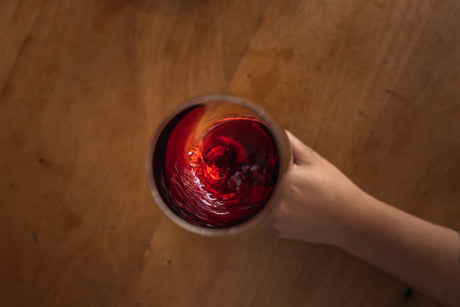
Bored with the same old Pinot Noir? These five alternative red wines share some characteristics of your favourite Pinot but also bring something new to spice things up. Cheers to...
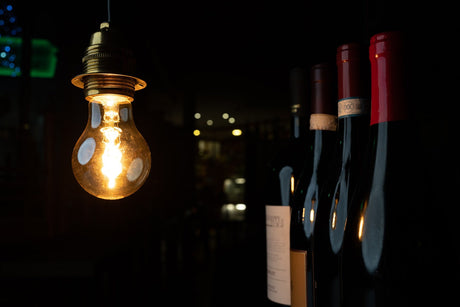
Want to impress your friends with some fancy wine tricks? Look no further! From quick chilling methods to uncorking without a corkscrew, these clever tips will elevate your wine game....
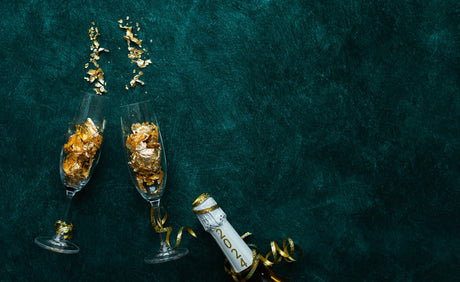
Spice up your New Year's Eve celebrations with our list of the best sparkling wines Australia has to offer. From crisp and refreshing to full-bodied and complex, find your perfect...
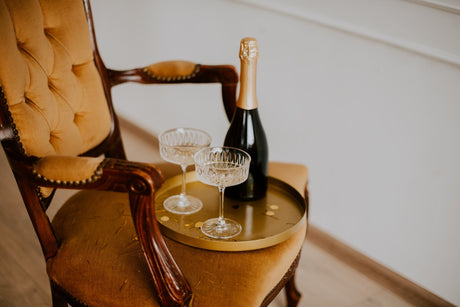
Who says sparkling wine is just for special occasions? Discover 5 fun and unexpected pairings that elevate your everyday Aussie snacking experience. Cheers!
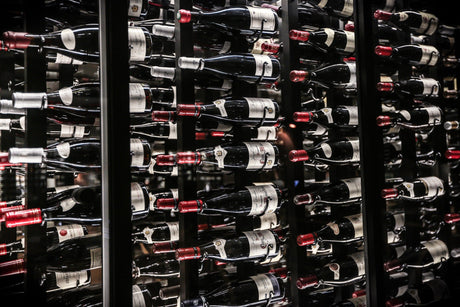
Join us on an adventure to uncover the history and allure behind Australia's love for Shiraz. From its bold flavours to its global recognition, discover why this wine reigns supreme...
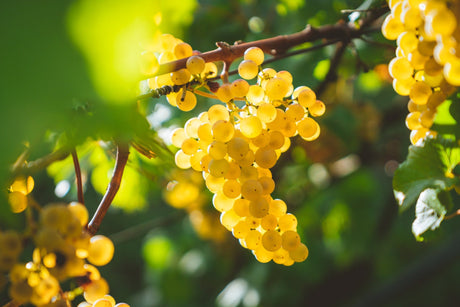
Are you a Chardonnay lover looking to expand your wine horizons? Check out these top five alternative white wines that are sure to impress your palate and liven up any...
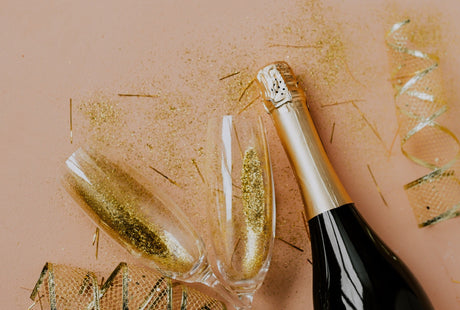
Who says celebrations have to be expensive? Check out these five pocket-friendly sparkling wine suggestions that will make your taste buds dance. Perfect for holidays, special occasions, or just a...
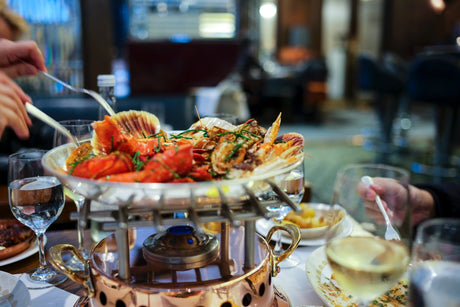
Get ready to sip your way into summer with these amazing wine pairings for seafood dishes! Find out which wines will perfectly accompany all your favourite dishes.